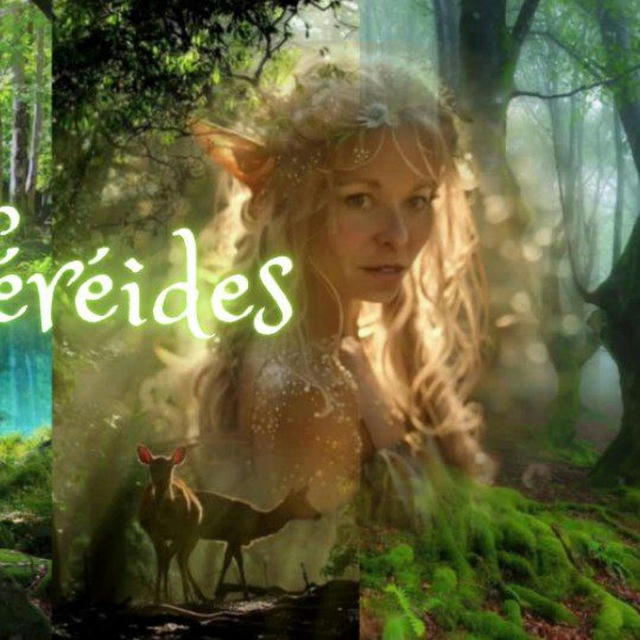An ice-age bison was discovered... then soon eaten, once the foul taste was smothered :
During Alaskan Gold Rush, eager miners used high-pressure water guns to sweep away frozen silt, possibility of gold right underneath it in gravel. They often came across mummified carcasses of large animals, but paid them little mind, tossing them to side to continue their excavations. In July, 1979, a busy miner uncovered a pair of bison feet poking awkwardly out of mud, but instead of working around it, he decided that maybe someone should take a look at his find.
What the miner had uncovered was something remarkable. They
unearthed the mummified body of a 36,000 year-old Steppe bison now called "Blue Babe" in Alaskan tundra and shortly after, they sliced off a piece of its neck to eat. As remains were often incomplete, and would be discarded by miners, who were more interested in gold than in frozen animal remains. In 1979, a family of gold miners, Walter and Ruth Roman, and their sons, were mining near Fairbanks. Water from hydraulic mining hose they were using melted frozen soil Blue Babe was embedded in, thus exposing part of bison’s frozen remains. Miners named their find Blue Babe, in reference to metallic blue sheen of creature’s hide, which reminded them of Babe the Blue Ox from American folklore of Paul Bunyan. Blue’s mummy was so well preserved that there was evidence of horns and male genitalia, allowing for sex identification. Horn remnants gave an annual sequence that helped estimate his age and claw.
Miners, aware of potential significance of their discovery, decided to contact University of Alaska and palaeontologist Russell Dale Guthrie was sent to scene. Guthrie identified animal as being a steppe bison form Ice Age, and thus was probably tens of thousands of years old. In order to avoid deterioration of carcass, Guthrie opted to excavate immediately. This course of action, however, was not entirely possible, as ground was still frozen, and it was close to several large ice wedges. As it was summer, soil melted a little each day and eventually animal was freed, save its head and neck. Fearing that exposed parts of carcass would begin to decompose, Guthrie took decision to have it severed from its head and neck. After it was fully excavated, a necropsy was performed on bison by Dale Guthrie. Scientific analyses of carcass and frozen soil that entombed Blue Babe have yielded a large amount of valuable data, which allowed researchers to piece together story of bison, in particular last days of its life. Carcass was then brought back to University and refrozen.
At University of Alaska, scientists began to conduct analyses on Blue Babe. Radiocarbon dating of a piece of Blue Babe’s hide indicated that bison had died 36,000 years ago. It has been suggested that Blue Babe was killed by an American lion (or several of them), an extinct subspecies of Ice Age lion that lived in North America. This is based on scratch marks on rear of Blue Babe, teeth punctures on its skin, as well as a piece of a lion’s tooth embedded in animal’s neck. In addition, Blue Babe’s fur coat, teeth and horns, as well as its fat content, indicated that it died in early winter, but lions were not able to return to finish their meal due to plummeting temperature, helped preserve Blue Babe for future.
One of most bizarre stories about Blue Babe is that part of this ancient creature was cooked and consumed by researchers who were studying it. In 1984, Guthrie and his colleagues were preparing Blue Babe for a display. A piece of animal’s neck tissue was cut off and researchers decided to make a stew out of it, which they then split amongst themselves. Apparently, meat had a strong, earthy aroma, but it was delicious. It was also remarked that though meat was tough, it was edible.
Today, Blue Babe or rather, a plaster model of bison covered by its tanned and treated skin, displayed in University of Alaska’s Museum of the North.
#archaeohistories

